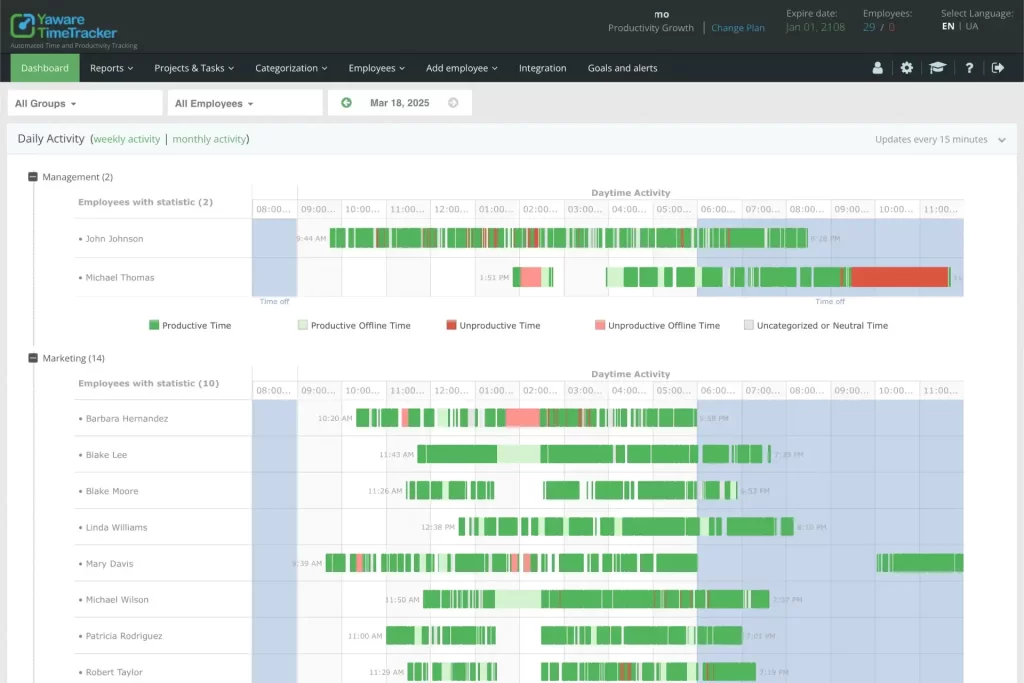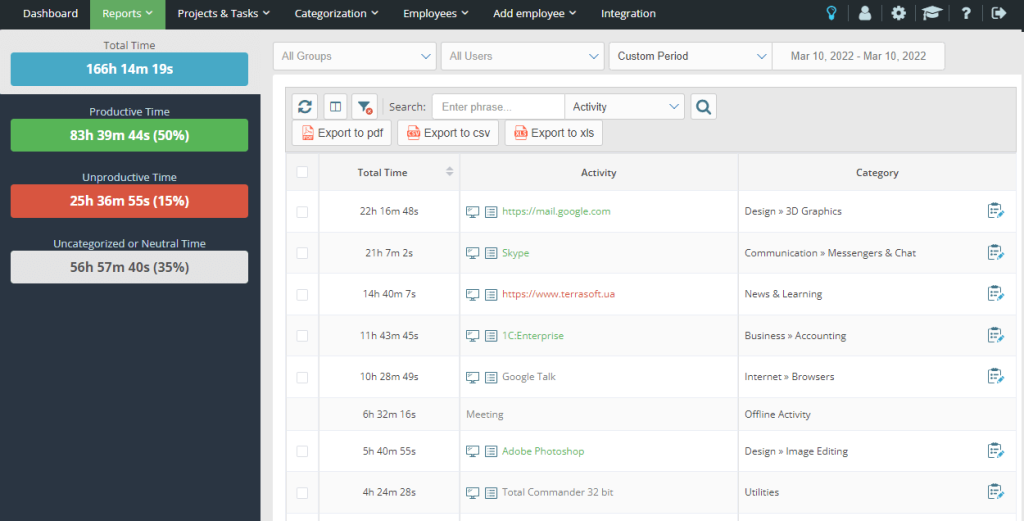Managing a remote team comes with unique challenges, especially when it comes to understanding how employees use their time. With no physical presence or office structure, many businesses rely on assumptions instead of data. That leads to missed deadlines, uneven workloads, and uncertainty about who needs support.
Effective time tracking for employees working from home brings clarity into the picture. It provides insight into work habits, reveals productivity trends, and builds trust between employees and managers — when done right.
Why Time Tracking Matters in Remote and Hybrid Work Environments
Remote work changes how people operate. Some thrive in flexibility, others struggle with structure. A tracking system helps managers see the full picture without needing to micromanage. Instead of focusing on presence, leaders can focus on outcomes.
- Helps spot inconsistent working patterns or hidden burnout
- Allows HR to offer targeted support to struggling team members
- Shows how work time is spent — not just that someone is “online”
- Balances workloads based on actual task completion
- Builds a sense of accountability and transparency
💡 Tip: When tracking time remotely, focus on empowering employees, not controlling them. Framing builds trust.
What Works (and What Doesn’t) for Tracking Remote Productivity
Not every tool is suitable for tracking remote teams. Some offer too much surveillance and trigger resistance. Others are too passive and fail to deliver real value. The best solution is a balance: clear metrics without invading privacy.

Time trackers for work-from-home teams should record work activity passively, present digestible reports, and give both managers and employees insight into how the day unfolds. It’s not about catching mistakes — it’s about guiding improvements.
Features That Make a Remote Time Tracker Truly Effective
- Passive activity tracking with real-time reporting
- Detailed logs of work sessions, breaks, and idle time
- App and website usage analytics for context
- Customizable dashboards for managers and employees
- Integration with task management tools
💡 Tip: Use tools that support mutual visibility. When both sides see the same data, it builds fairness into the process.
How Time Trackers Build Stronger Remote Teams
Remote teams often face communication gaps and unclear expectations. A structured tracking system adds a layer of clarity. With access to consistent time and activity data, managers can understand which employees are overextended, who is underutilized, and where the friction lies.,

This enables more constructive conversations, more equitable task distribution, and faster responses to problems — without waiting for issues to surface.
Benefits of Using a Work-From-Home Employee Tracker
- Data-informed 1:1 check-ins and feedback loops
- Less guesswork around who needs help or recognition
- Timely adjustments to avoid bottlenecks or delays
- Alignment between task output and time investment
- Stronger planning across time zones and teams
💡 Tip: Share individual dashboards with team members to foster ownership over productivity.
Choosing the Right Time Tracker for Remote Employees
A tool like Yaware’s employee monitoring software offers structured tracking without excessive oversight. It’s designed for remote and hybrid teams, delivering activity insights while respecting boundaries. Dashboards are simple, visual, and built to inform — not punish.
Companies that implement such systems report faster task execution, stronger team morale, and better alignment between hours worked and outcomes delivered.
👉 See how time tracking for employees working from home improves accountability without adding friction.
👉 Explore more tips in the Yaware blog — your go-to resource for remote productivity, HR tech, and workforce analytics.

